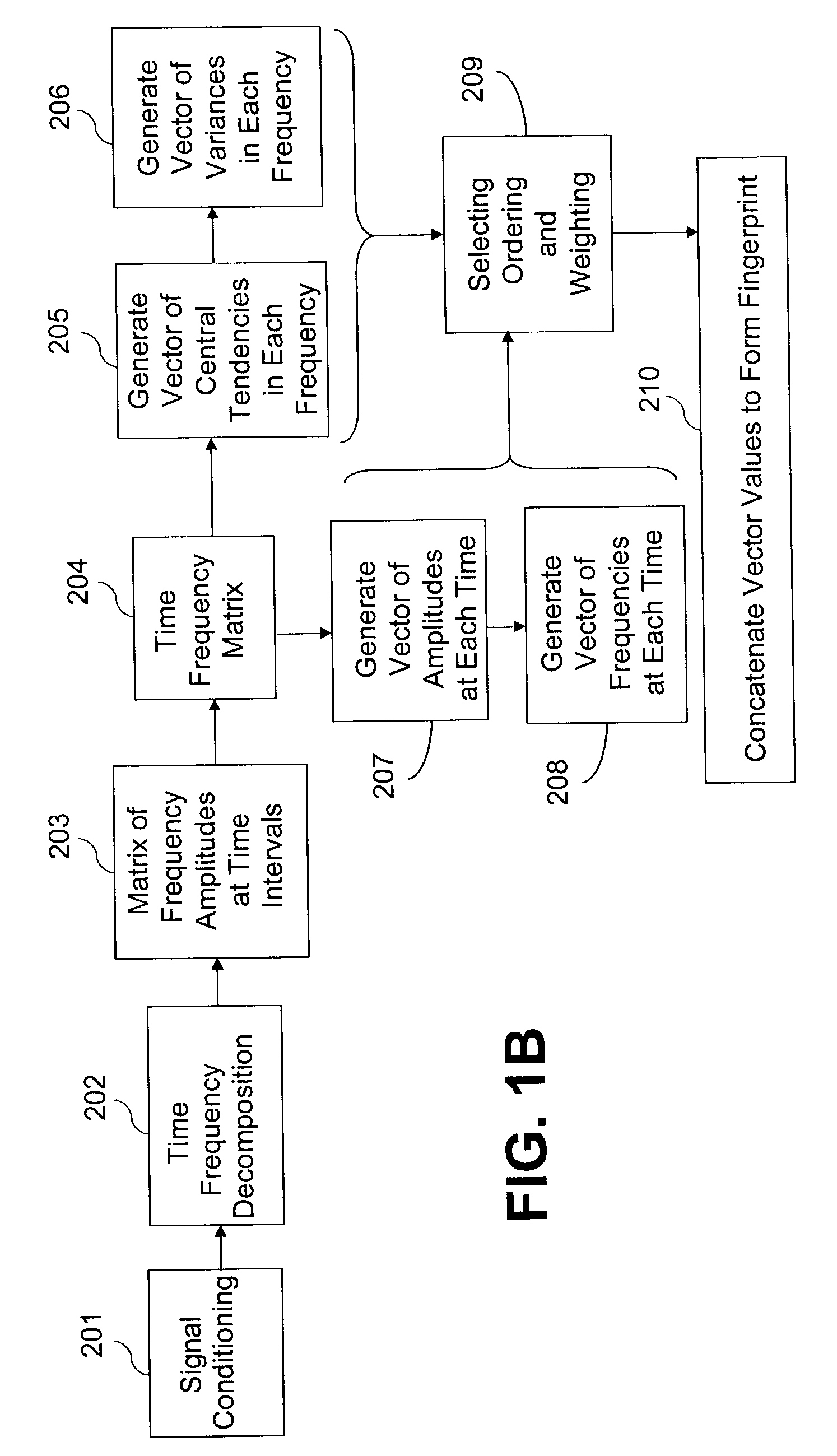Existing business models for music are being challenged.
However, there are problems with the use of ATPs and alpha-numeric codes.
There is no way to automatically authenticate that the content is what it's tag claims it to be.
They must be attached at source, prior to duplication, which reduces their utility with legacy content.
EAN / UPC identify the CD and are not useful for individual music tracks.
In some countries, there are laws against transmitting data along with the music, which limits their utility.
Also, transmitting such data may require additional bandwidth.
The problems with watermarks are: they are not necessarily indelible nor inaudible; they require addition at source, prior to duplication, and therefore have limited utility for legacy content; and if applied to legacy content, there still needs to be a way to first identify the music.
Some of the problems with
encryption are: it has limited utility for legacy content, if applied to legacy content, there still needs to be a way to identify that content; and there is
consumer resistance to locking up music.
These problems are caused by incompatibilities between equipment that plays locked music and equipment that does not, leading to a reluctance to purchase equipment that may not play their existing music collections and to
purchasing music that may not play on equipment the consumers currently own.
Current fingerprinting methods are not suitable, for reasons that will be described in more detail later.
Their limitations come about because of the requirements for (1) identifying large numbers of songs, and (2) identifying songs that have slight variations from the original.
These variations are insufficient to cause a human to judge the songs as being different, but they can be sufficient to cause a
machine to do so.
In sum, the problems with current fingerprinting methods are that some systems can
handle a large number of songs, but cannot
handle the variations, while other systems can
handle many variations, but cannot handle a large number of songs.
However, the process is lossy and changes the waveform of the copy from that of the original.
Methods of identifying stored music in the prior art are not designed to compensate for variations.
This method does not work once the music has been removed from the CD, and is a copy on a computer hard drive.
The disadvantages include:(1) The algorithms are designed to be secure to tampering, so any change to the file, however minor, will result in a different hash value.
A slight alteration of a song (e.g. the removal of one sample) will result in a different hash, which will not be able to be used to identify the song.(2) Each variant of a song file requires that a different hash be stored in the
database, resulting in a large
database with a many-to-one relationship.
The disadvantages are:(1) The
feature vector is computationally intensive to extract(2) The
feature vector is large, which means:(a) It takes long time to look up and is expensive to implement for large numbers of queries.(b) It increases the amount of network traffic(3) Each individual vector does not contain sufficient information to uniquely identify a song.
The database therefore takes a long time to search and must be limited in size.(4) There is no evidence that the technique is immune to all delivery channel effects.
The disclosed technique is fairly robust, but the size of the database of reference songs is limited, primarily due to the database search techniques used.
Methods that require the music to be identified at the point of origin cannot identify these copies.
Therefore, methods that require the music to be identified at the point of origin cannot identify the majority of songs.
 Login to view more
Login to view more  Login to view more
Login to view more 


